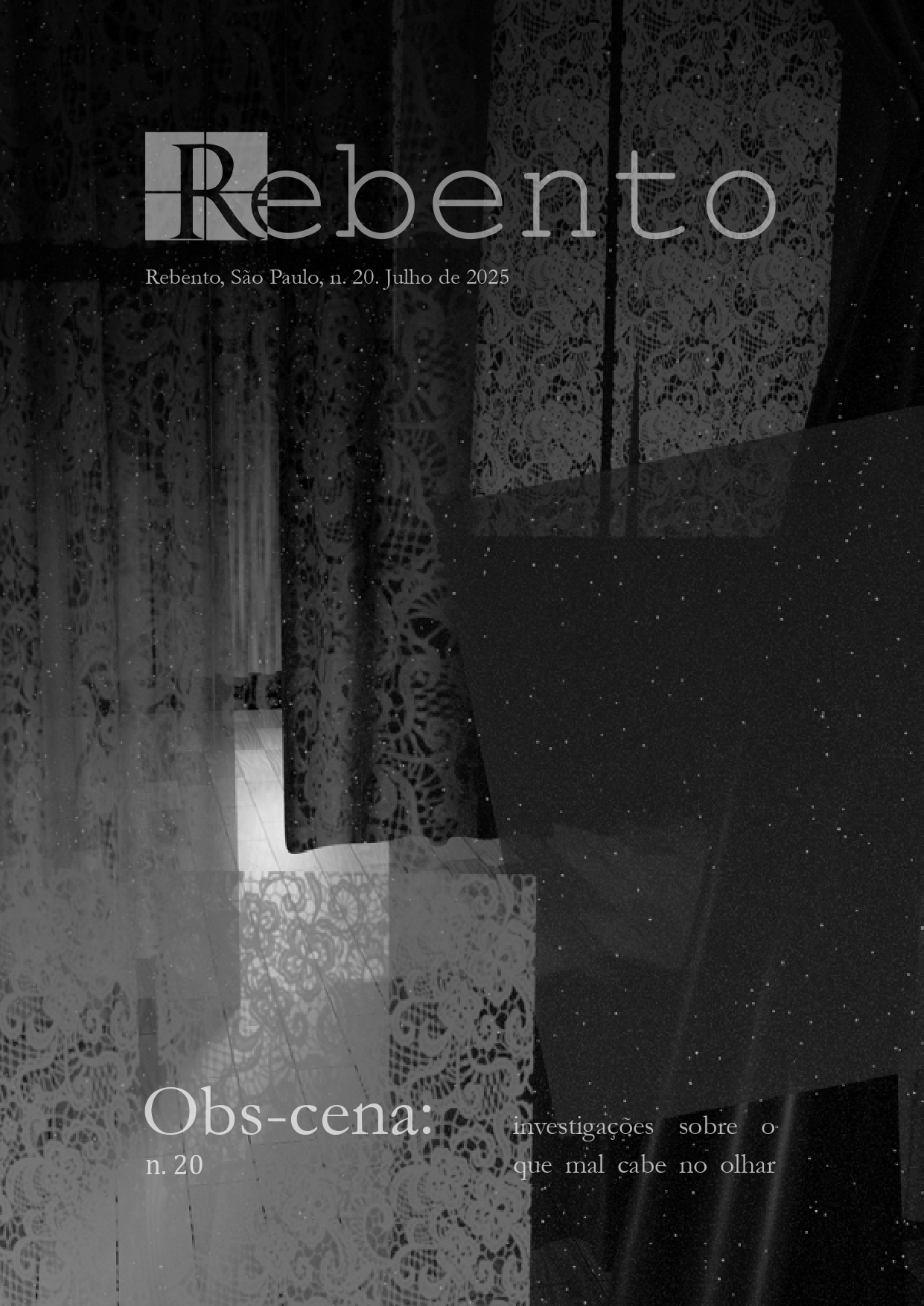Between gaps and traps
Intersections of contemporary art with animism and the plant turn
Abstract
Although postcolonial debates have largely contributed to a greater awareness of the various layers of violence imposed by different systems and models, objectifying patterns still persist. At a time when changes in the earth's macro-environment, resulting from human action, demand alternative ways of thinking, their presence obstructs necessary paradigm shifts. At the heart of this impasse are the so-called colonial Others, human and extra-human. The article draws parallels and intersections of the plant turn movement with animism, at the historical and cultural level. With a focus on the relations between humans and plants, it historically contextualizes animism and its - still problematic - approach today, reflecting on the reception and positioning of knowledge that is on the other side of the wall of exclusionary dichotomies. In this context, it poses the following question: would it be possible to avoid that movements - referring to the plant turn, animism and their intertwining -, which today largely cross contemporary art, dissipate as another new fashion or become a kind of neocolonialism? For this reflection, the study addresses the relationship of hegemonic Western art with the knowledge of the Other(s), and focuses on some examples of different forms of practice by contemporary animist artists, whose work - between gaps and traps, representation and representativity - expands the social space between humans and extra-humans in the different spheres of contemporary arts. Palavras-chave: Plant; Animism; Anthropocene.Downloads
Published
Issue
Section
License
É responsabilidade dos autores a obtenção da permissão por escrito para usar em seus artigos materiais protegidos por lei de Direitos Autorais. A revista Rebento não é responsável por quebras de Direitos Autorais feitas por seus colaboradores.
Os autores mantêm os direitos autorais e concedem à revista o direito de primeira publicação, com o trabalho licenciado sob Licença Creative Commons do tipo atribuição CC BY-NC:
Atribuição (BY): Os licenciados têm o direito de copiar, distribuir, exibir e executar a obra e fazer trabalhos derivados dela, conquanto que deem créditos devidos ao autor ou licenciador, na maneira especificada por estes.
Uso Não comercial (NC): Os licenciados podem copiar, distribuir, exibir e executar a obra e fazer trabalhos derivados dela, desde que sejam para fins não-comerciais.
Após a publicação dos artigos, os autores permanecem com os direitos autorais e de republicação do texto.


